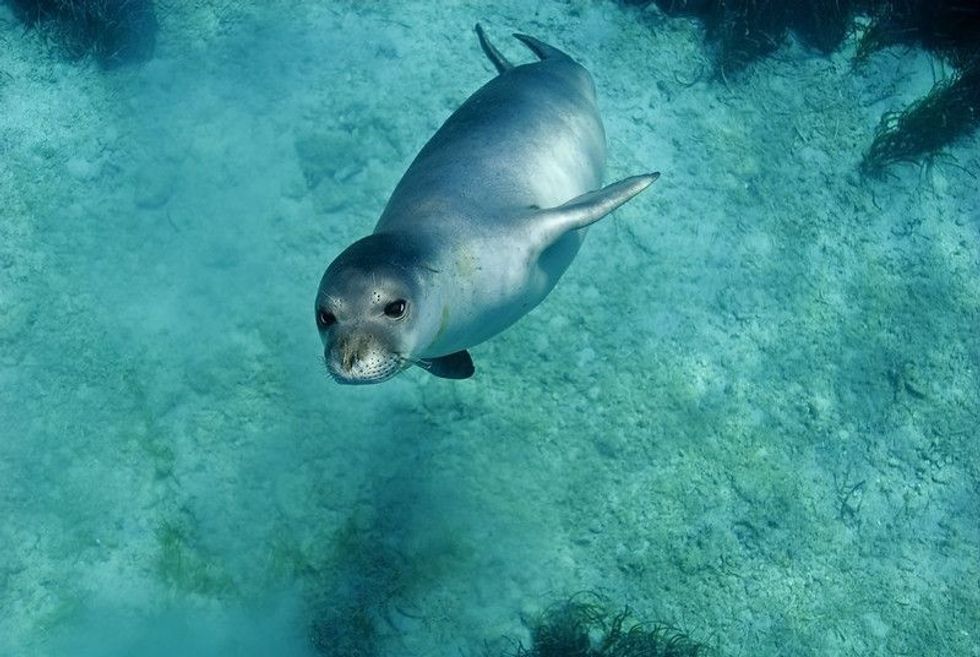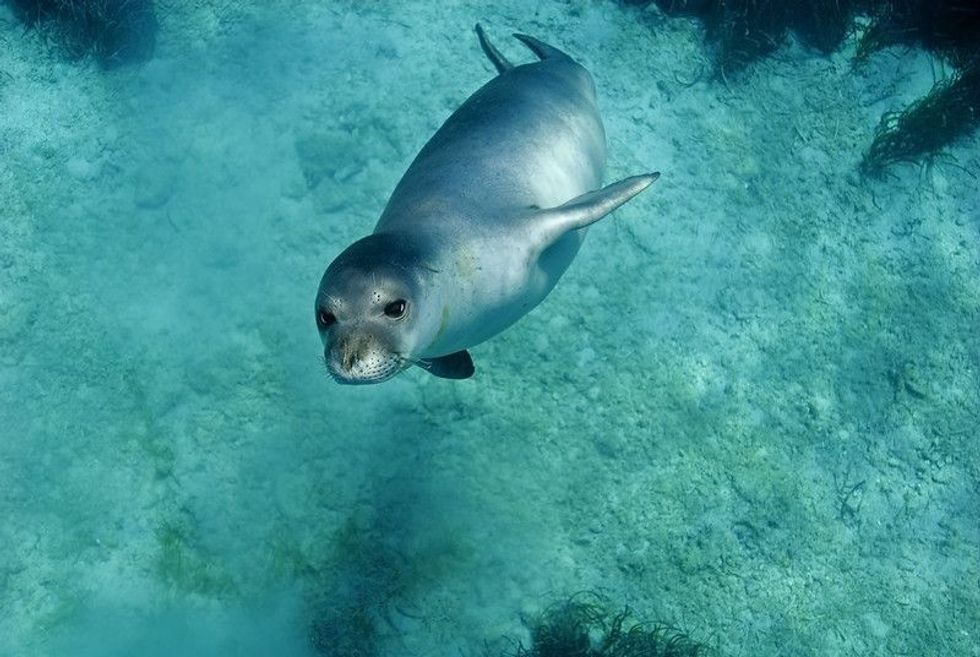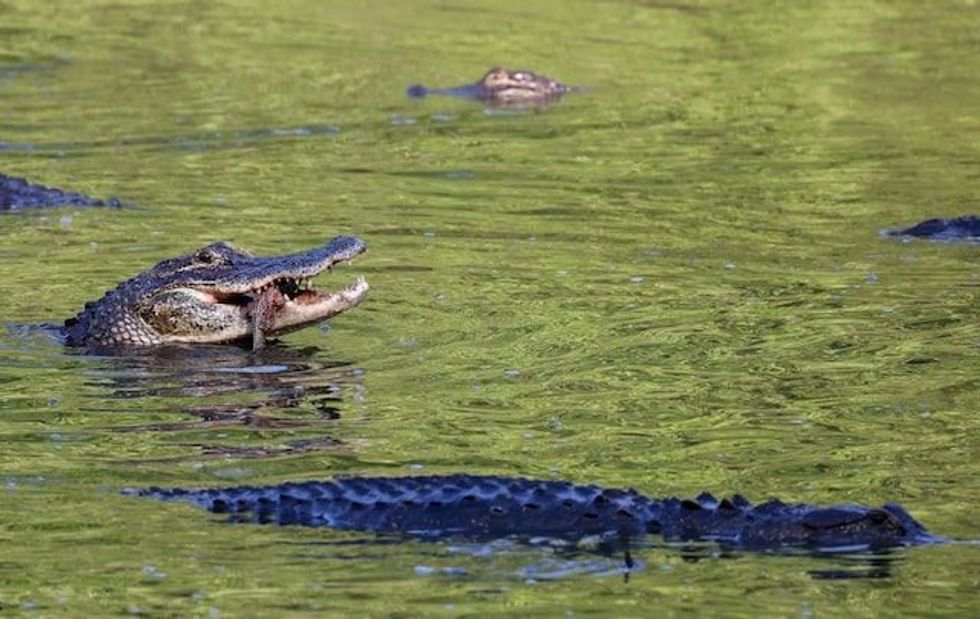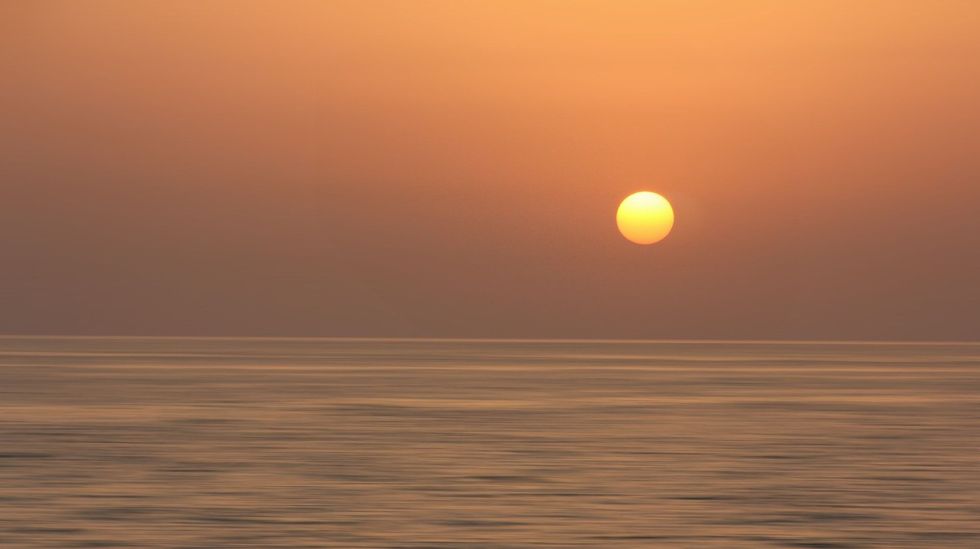The Mediterranean Sea is home to numerous marine animal species.
The most famous ones are the great white shark, the fin whale, the blue shark, and the Mediterranean monk seal. Besides these, the Mediterranean Sea also contains several species of marine fish.
The marine fish found in this sea are primarily commercial species like hake, sea brass, dusky grouper, and blue fin tuna. However, most of these species are now endangered and at risk of extinction.
The two major reasons that are pushing these marine animals toward extinction are overfishing and pollution. Countries like Bulgaria and Romania fish mostly in the Black Sea, while Italy, France, Spain, Greece, and Portugal exclusively fish in the Mediterranean waters.
Fisheries of these countries catch many Mediterranean sea animals for business purposes. On the other hand, several whales and dolphins face excruciating deaths daily due to plastic consumption. In the marine world, sharks play an essential role as top predators.
However, more than half of the shark species dwelling in the Mediterranean Sea are endangered. This change has impacted the planet's marine ecosystems greatly.
Sharks And Rays
Many shark species and ray species live in the Mediterranean Sea. Here, you will get some exciting facts about these marine species.
The Mediterranean Sea is home to a large number of elasmobranch fish. Elasmobranchii is a subclass within Chondrichthyes or cartilaginous fish. This subclass features different species of sharks, rays, and skates. About 79 species of elasmobranch fish roam around the warm waters of the Mediterranean Sea. Among them, 34 are ray species, and 45 are shark species.
The great white shark, or Carcharodon carcharias, is the first Mediterranean sea fish on our list. It is also one of the largest species of predatory fish in the world.
A female white shark can grow up to 20 ft (6.1 m) long and live up to 70 years or more. The great white shark is one of the longest-lived cartilaginous fish. Besides their size, these marine animals are also famous for their speed.
A great white shark can swim at the speed of 35 mph (50 kph). Moreover, this species of Mediterranean fish does not have any predators except the killer whale. Great white sharks generally prey on seabirds, fish, and marine mammals.
Indeed, the white shark's great size and formidable appearance can scare anyone. However, you should note that this fish species rarely attack humans without provocation.
The second shark species on our list is the common thresher or Alopias vulpinus. This species grows up to 19.7 ft (6 m) in length. You can find them all over the world, especially in temperate and tropical waters.
The common thresher sharks are seasonally migratory. They prefer to live at low latitudes in summer. These gigantic sharks prey on fish like anchovies and herrings.
Thresher sharks possess special physiological adaptations that help them maintain a body temperature warmer than their surrounding water. A large number of these sharks lost their lives due to fishing. Because of their fine liver oil, fins, meat, and hide, commercial fisheries value them highly.
The scalloped hammerhead or Sphyrna lewini is the next on our list. The name hammerhead comes from the shape of their head.
These hammer-like extensions on their head also contain their eyes and nostrils. Like the common thresher, you can also find this species all over the world in tropical and temperate waters. The scalloped hammerhead sharks generally roam the water in large groups so that they can easily obtain food.
The next shark species is the blue shark or Prionace glauca. Blue sharks generally dwell in deep waters of tropical and temperate oceans and feed on squid, lobster, pelagic octopuses, cuttlefish, crab, shrimp, and small sharks. Most blue sharks tend to be lethargic but can demonstrate great agility and speed when on the move.
Besides this, you can also see some other species of sharks and rays in the Mediterranean Sea. They are the porbeagle shark (also known as Lamna nasus), the shortfin mako shark (known as Isurus oxyrinchus), the seabed-hugging Maltese ray (Leucoraja melitensis), and the giant devil ray (Mobula mobular).
As stated earlier, more than half of Mediterranean shark species are endangered. Some of them are also on the verge of extinction. We can still save them by taking certain steps.
The first one is to increase enforcement at the ports and on the waters. Doing so will prevent companies from fishing illegally.
The next step would be imposing science-based fishing limits, especially for commercial species. The last one is to ensure that the populations of endangered species increase rapidly. To achieve this goal, the authorities must restrict fishing in some regions of the ocean, mainly the vulnerable habitats.
The Mediterranean Sea also provides a natural habitat for many marine turtle species besides rays and sharks. One such example is the loggerhead turtle.
Loggerhead turtles come first on this list. This is the most common turtle species found in the Mediterranean Sea. These sea turtles are highly migratory and are famous for making long journeys.
However, sometimes, this characteristic leads loggerhead turtles to get captured in nets laid by fisheries. Besides loggerhead turtles, the Mediterranean sea is also home to green sea turtles (Chelonia mydas) and leatherback turtles (Dermochelys coriacea).
Mediterranean Monk Seal

The Mediterranean monk seal is a rare marine animal species on Earth. Currently, they are the most endangered of the finfoot species. This section contains some interesting facts about these aquatic creatures.
Coming to their appearance, Mediterranean monk seals have brown bodies with yellowish-white undersides. Since the coloration of these creatures resembles a monk's habit, people call them monk seals.
Mediterranean monk seals generally weigh about 400 lb (181.4 kg). Their lifespans range from 20-30 years. According to World Wildlife Federation, there are only 400 or fewer monk seals left on Earth.
Whales And Dolphins
The Mediterranean Sea is home to numerous dolphins and whales. Here, you will learn some important facts about these aquatic animals.
Many species of dolphins roam the waters of Mediterranean Sea. However, like many other marine animals, their numbers are also decreasing with time. Pollution and overfishing are primarily responsible for this. More than half of the world's porpoise, dolphin, and whale population consumes plastic. Plastic obstructs these marine animals' stomachs and breathing passages, leading them to face excruciating deaths.
The common bottlenose dolphin, also known as Tursiops truncatus, is the first one on our list. Adult bottlenose dolphins can be somewhere from 6-13 ft (1.8-4 m) long. Their weight can range from 220-661 lb (100-300 kg).
These dolphins mainly feed on small squids and benthic fish. They also have a curious nature, which often leads them to get entangled in gillnets and experience premature death. Besides that, overfishing, habitat destruction, and pollution also reduce their numbers every day.
The next one is the striped dolphin or Stenella coeruleoalba. These dolphins are comparatively small in size, and you can find them all over the world. They like tropical and temperate waters.
In the Mediterranean Sea, Stenella coeruleoalba is the most abundant dolphin species. These dolphins generally roam in dense pods. The number of members in these pods can be as low as 10-30 and sometimes as high as several hundred.
The striped dolphin possesses an average traveling speed of 9.3 mph (15 kph), and its average life span is 58 years. These creatures generally eat pelagic squids and shoaling fish. Even though they do not have many marine predators, humans are the biggest threat to their populations.
The Mediterranean Sea is also home to several whale species. Like dolphins, many whale species are critically endangered due to pollution and overfishing. However, whales know how to protect their lives.
When they are under attack, whales thrash their tails around to frighten and sometimes injure their attackers. Whales also use another tactic to protect themselves. They travel in pods to scare away their predators.
The first whale species on our list is the Sperm Whale or Physeter macrocephalus. This is the largest toothed-whale species. The basic characteristics of their appearance include typically wrinkled skins and disproportionately large heads.
The second one is the fin whale, also known as Balaenoptera physalus. This is the second largest species on Earth after the blue whale. Female fin whales can be as long as 75 ft (22.8 m). Males, on the other hand, are a bit smaller. Fin whales are the largest marine animals found in the Mediterranean Sea.
The next one is the long-finned pilot whale or Globicephala melas. These whales are famous for their unique appearance. They have a long dorsal fin and a large rounded forehead. These whales mostly roam in large pods.
Official National Animal Of Mediterranean-Caspian
This section contains information about the official national animal of Mediterranean-Caspian.
The Mediterranean-Caspian does not have an official national animal. However, there are some animals that are endemic to the Caspian Sea. One such example is the Caspian seal. These seals are different from the ones that dwell in the freshwater. They are also one of the few seal species that still live in inland waters.
Most Dangerous Animals In Mediterranean-Caspian
In the depths of the Mediterranean Sea lurk some of the most dangerous aquatic animals on this planet. Here, you will learn some important facts about these creatures.
The Mediterranean-Caspian is home to several extremely dangerous marine species. However, many of them have become endangered over the years. Many say that the Mediterranean-Caspian area is way more dangerous for wild marine animals than for humans.
The first marine creature on our list is the giant devil ray or Mobula mobular. This is a gigantic vertebrate. The largest giant devil ray can have a disc width of 17 ft (5.2 m).
However, most animals belonging to this species have a disc width of 9.8 ft (3 m). Giant devil rays generally feed on plankton and small schooling fish.
These aquatic animals are ovoviviparous. It means a female giant devil ray only develops one large egg inside her body. The IUCN Red List recognizes the giant devil ray as an endangered animal.
Some other dangerous Mediterranean Sea animals are the spiderfish (Bathypterois), the stonefish (Synanceia), the Mediterranean moray (Muraena helena), and the Atlantic torpedo (Torpedo nobiliana).










